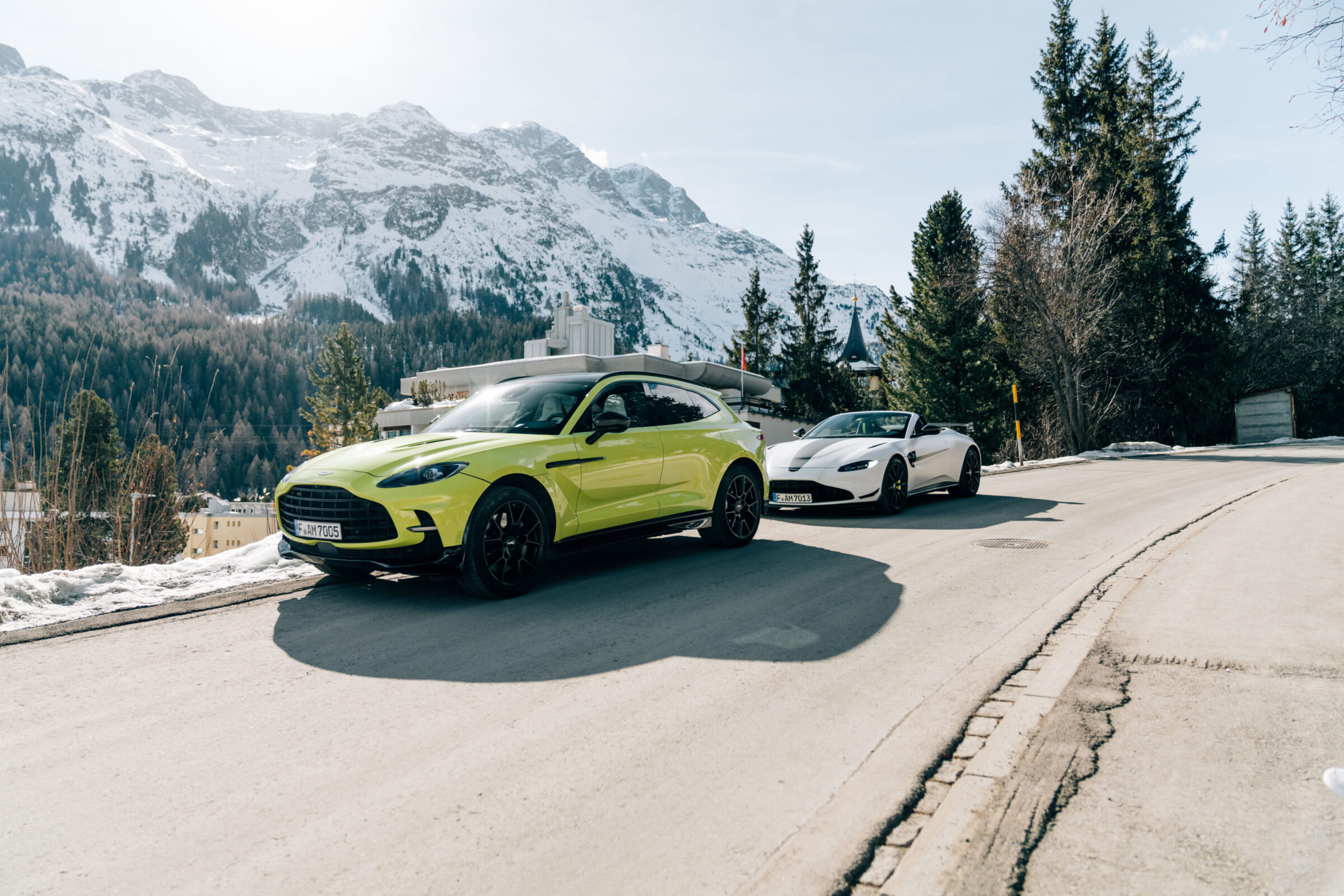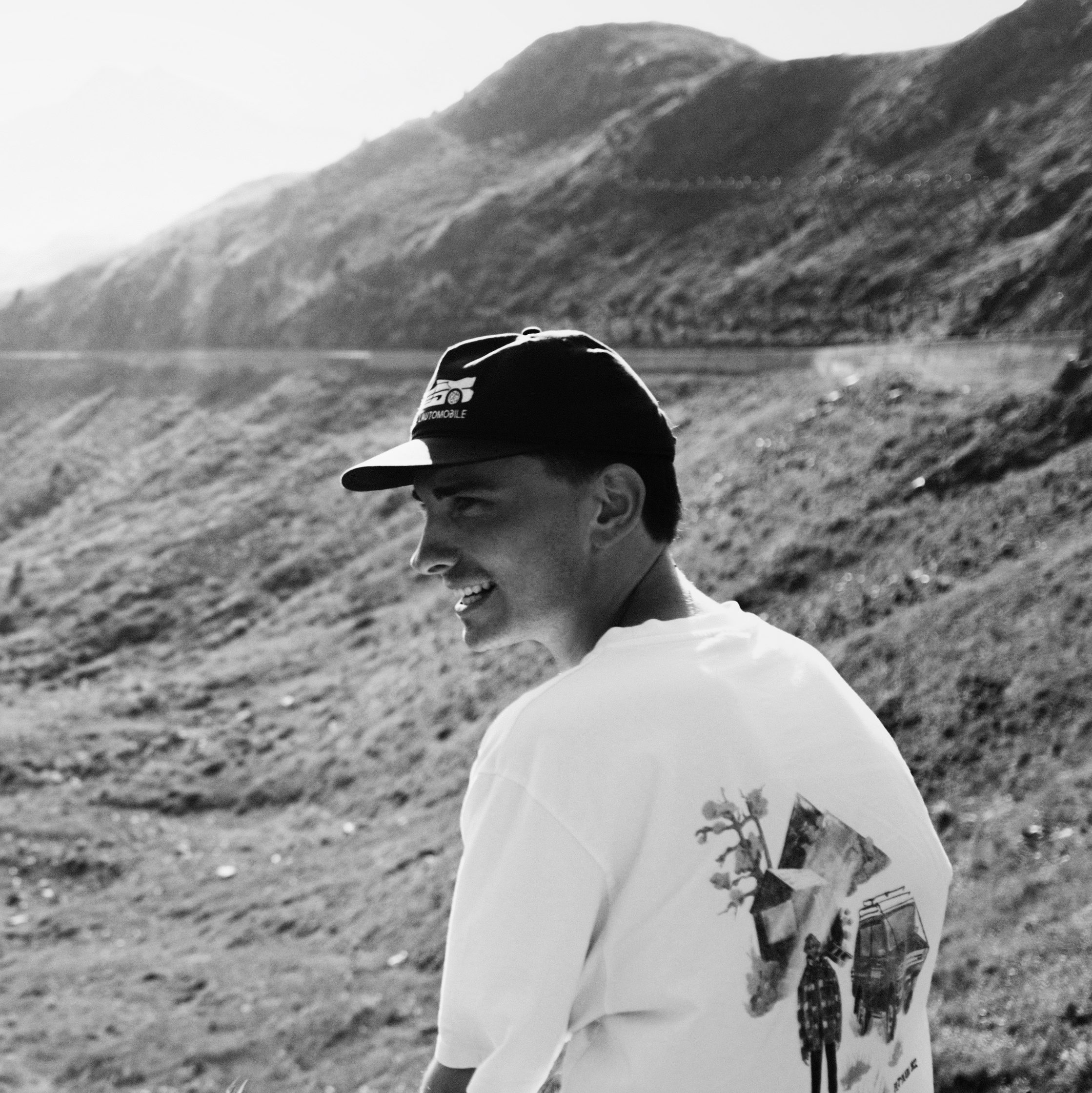Two Brits in St. Moritz
Today is the meteorological beginning of spring. Even if the thermometer reading suggests otherwise, you can never open the roof early enough and look for the sun. In our case, we found it in St. Moritz, with us: the Aston-Martin Vantage Roadster in the F1 Edition and the Aston-Martin DBX 707. With a combined output of over 1200 hp, you should be able to leave the last signs of the winter blues behind.
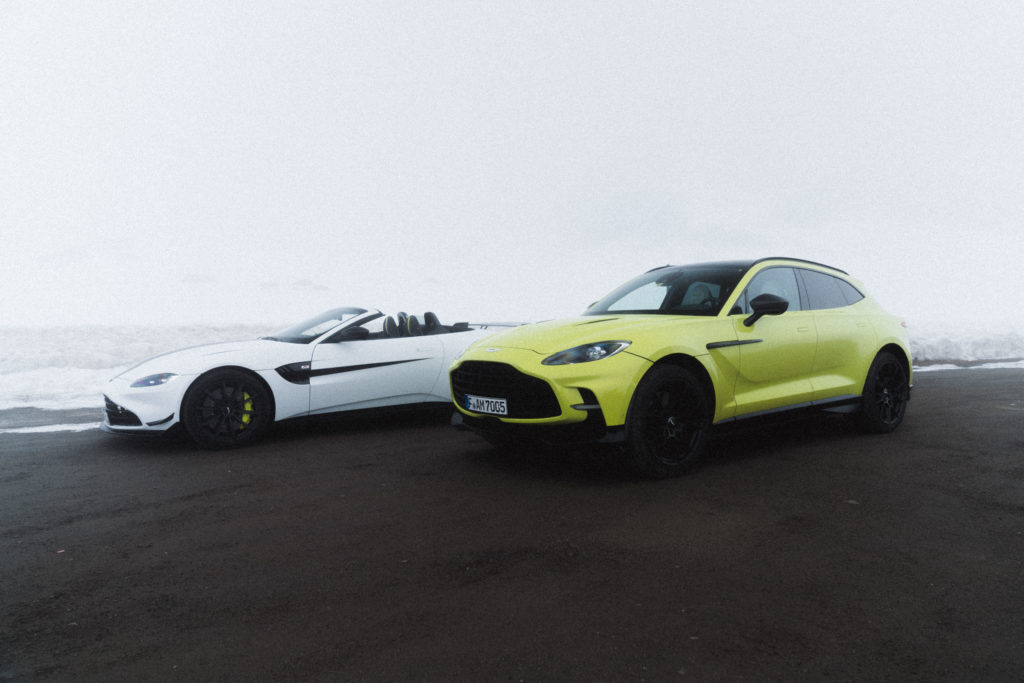

2284m above sea level
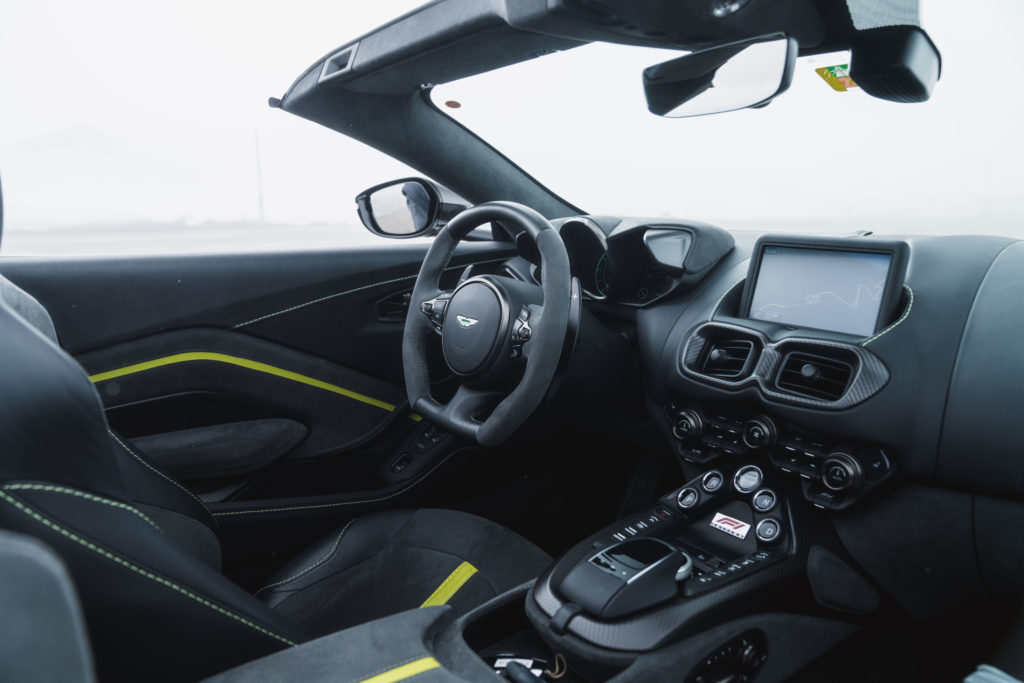

On the Julier Pass, which connects the Engadine with the Oberhalbstein valley, it’s still deepest winter. In addition, low-hanging fog and light snowfall – but all this should not be a reason not to drive the Vantage with the roof down. The automatic climate control is set to 26 degrees, the air conditioning nozzles are directed at the hands on the steering wheel, and the seat heating is set to level 3 – actually quite pleasant. The decision to choose the Roadster for the first leg and thus for the pass road seems to me to be the right one, especially in the first curves.
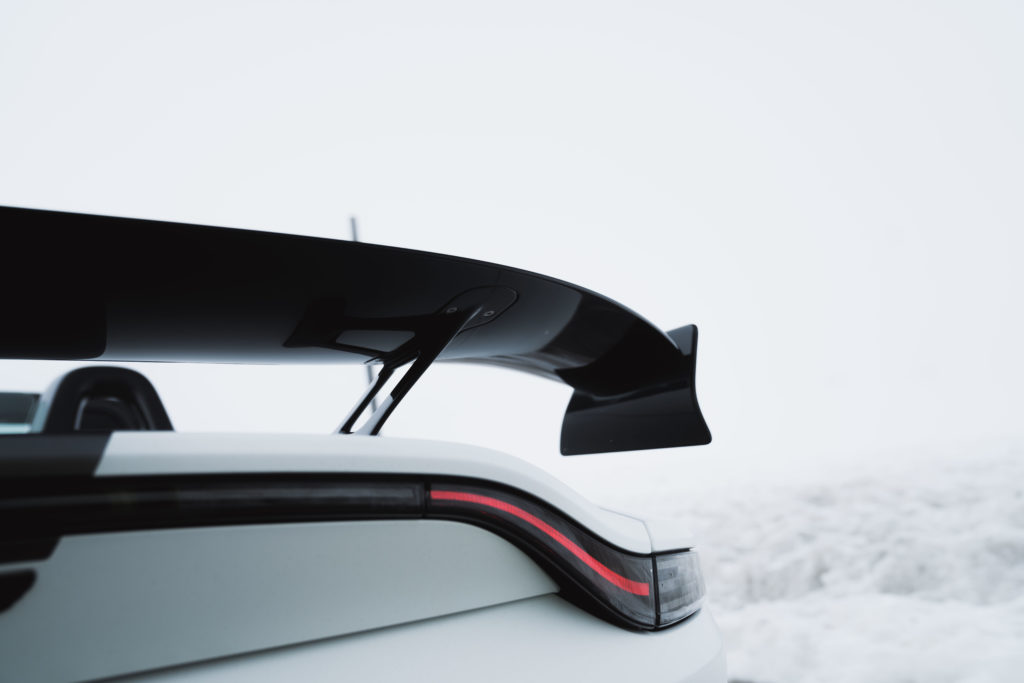

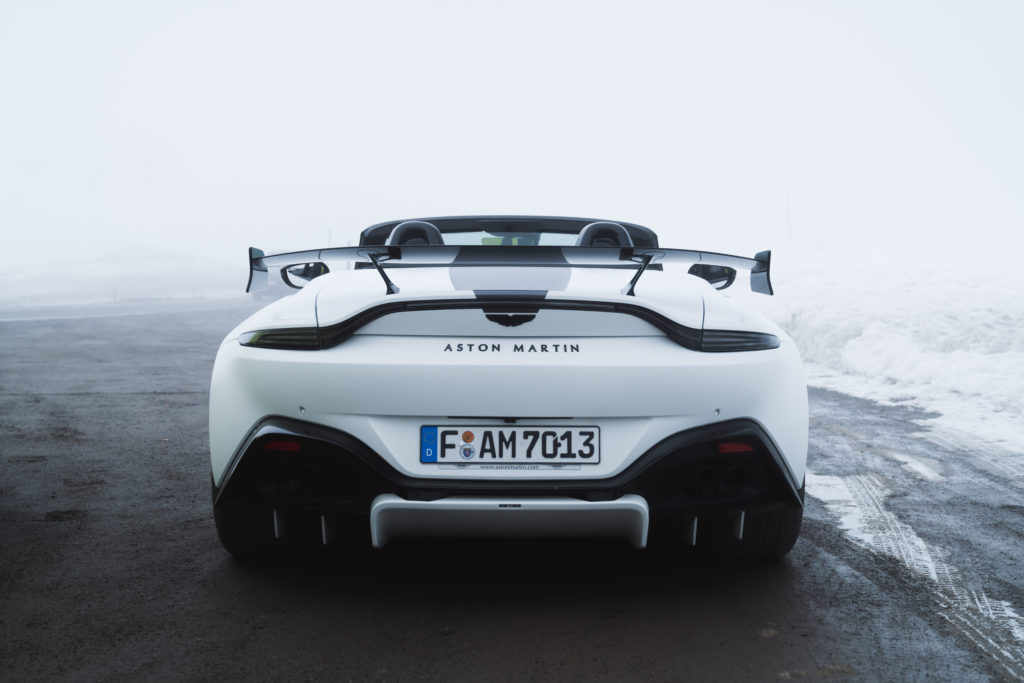

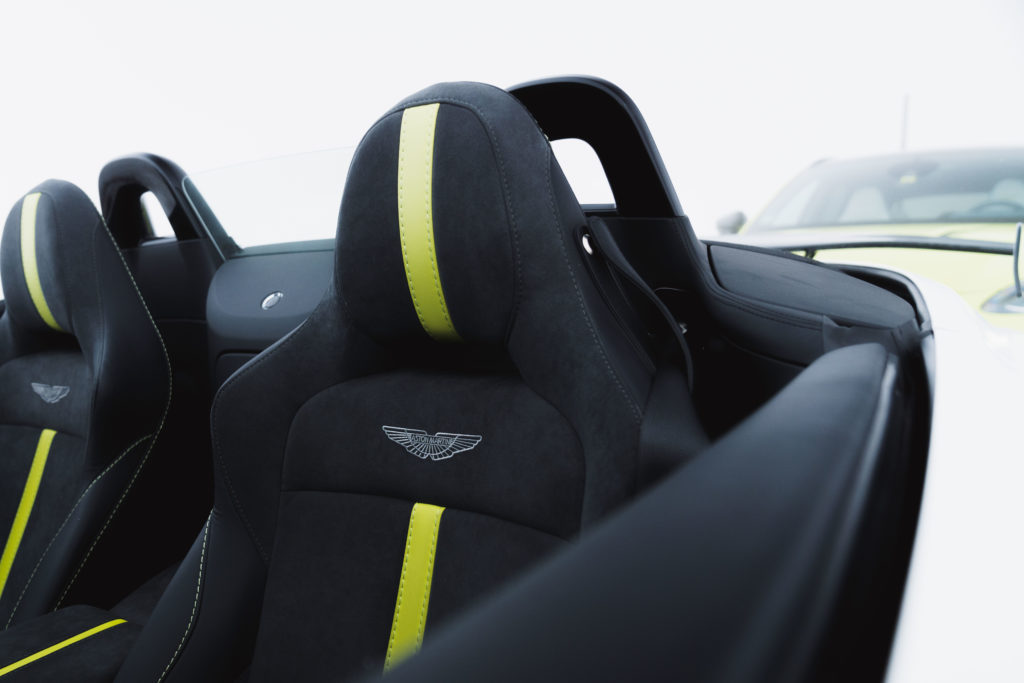

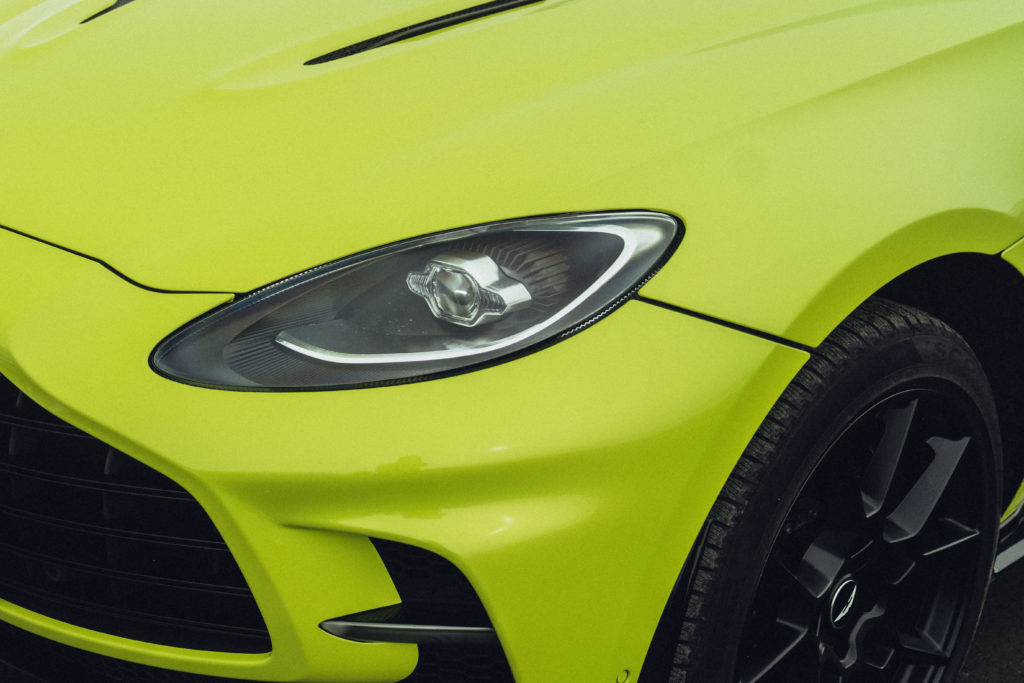

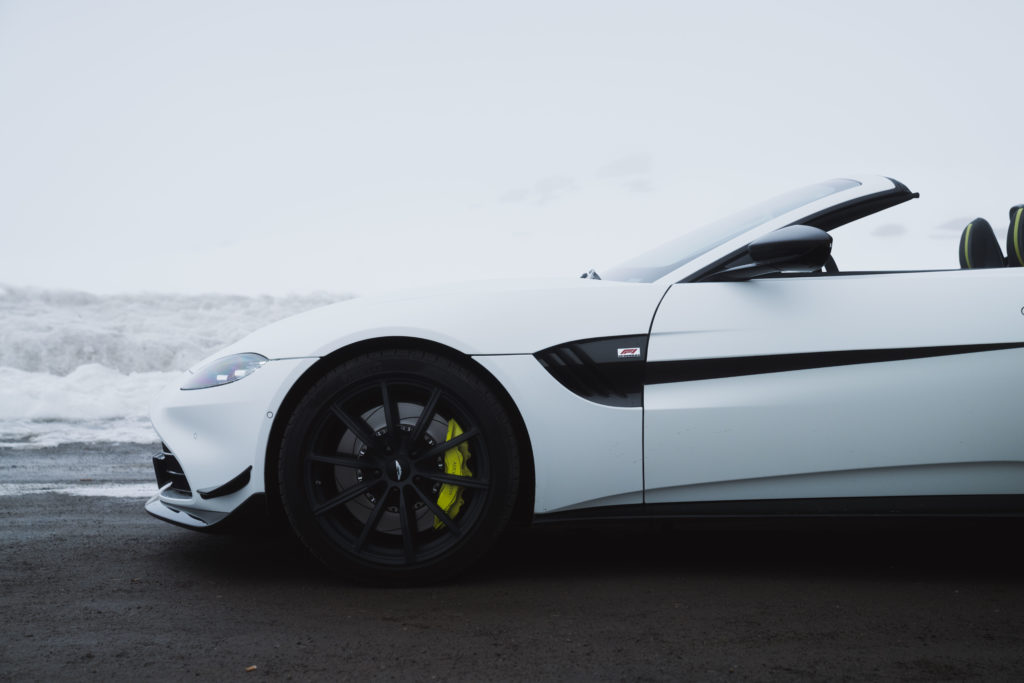

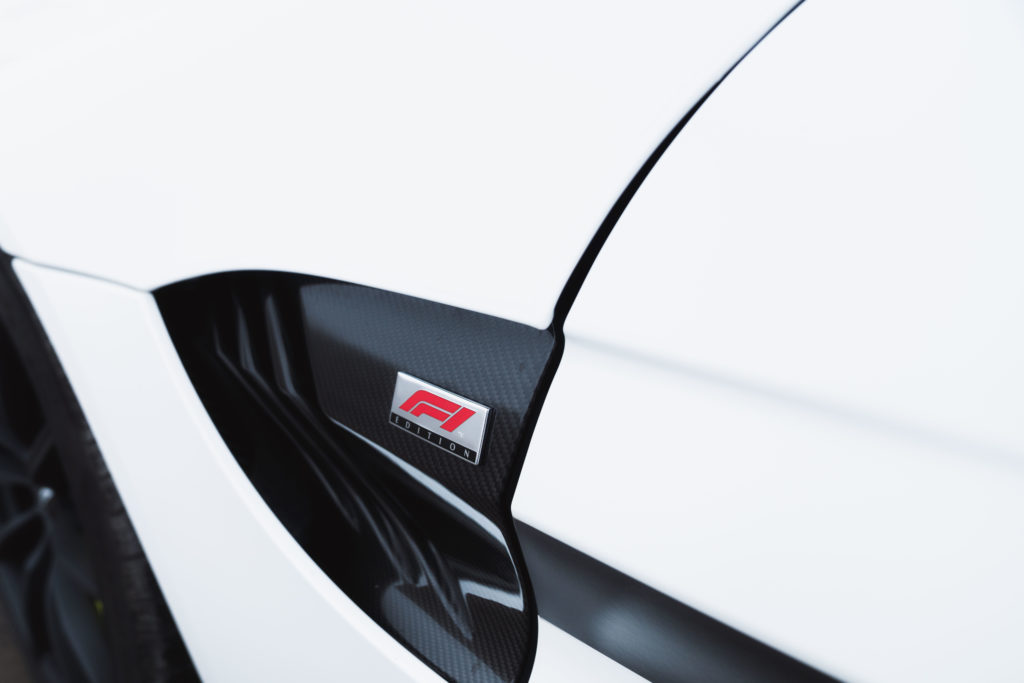

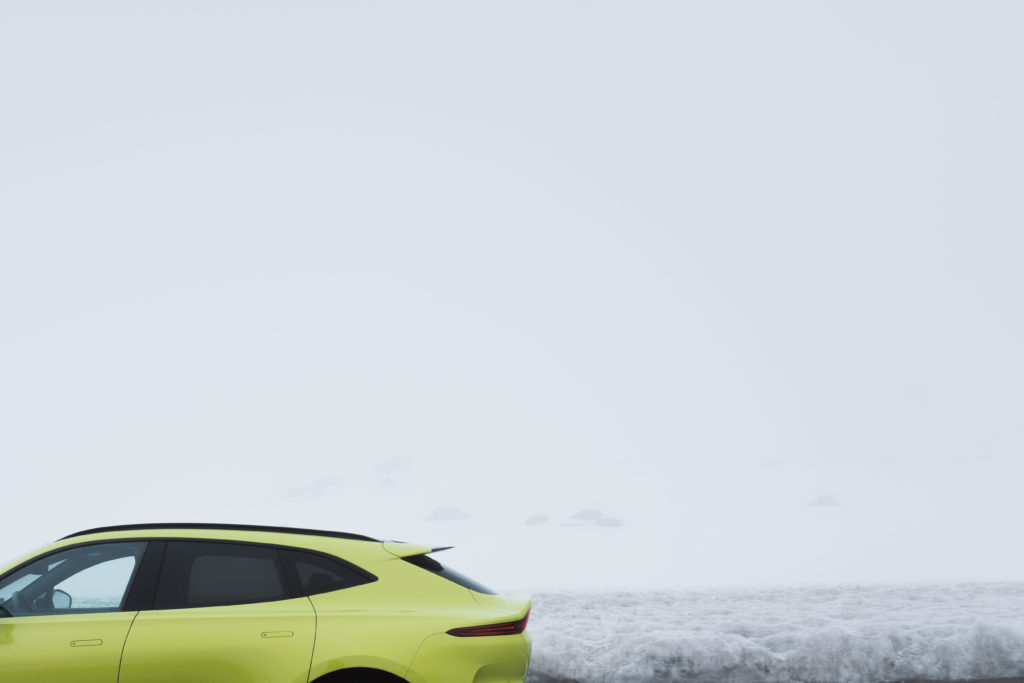

For the F1 Edition of the Vantage Roadster, the four-liter V8 biturbo engine from the collaboration with Mercedes-AMG was given another small power boost. Compared to the normal Vantage, the output increased by 25 hp to 535 hp. The maximum torque of 685 Newton meters, however, remains unchanged. However, it is applied earlier and is available over a wider rev range. For mountain passes, this means more than enough power in any situation, especially for the Swiss roads, where even small overspeeds result in utopian sums.
The most powerful and fastest production SUV in the world.
In the DBX707, you have to be even a little more afraid of the fine. Because with 707 hp and a top speed of 310 km/h, it’s the most powerful and fastest production SUV in the world. An extra 1 or 2 seconds of thrust can quickly become very expensive.
The engine in the 707 remains the same four-liter V8 biturbo engine from Mercedes-AMG that is also used in the normal DBX. However, the engineers increased the output by 157 hp and 200 Newton meters. This means that 520 kW/707 hp and 900 Newton meters of torque are now on the data sheet. Another new feature is a nine-speed automatic transmission with wet clutch, which ensures even faster gear changes. This is also reflected in the acceleration times. From zero to 100 km/h takes 3.3 seconds, and to 160 km/h it’s just 7.4 seconds. A few seconds that can quickly become expensive in Switzerland.
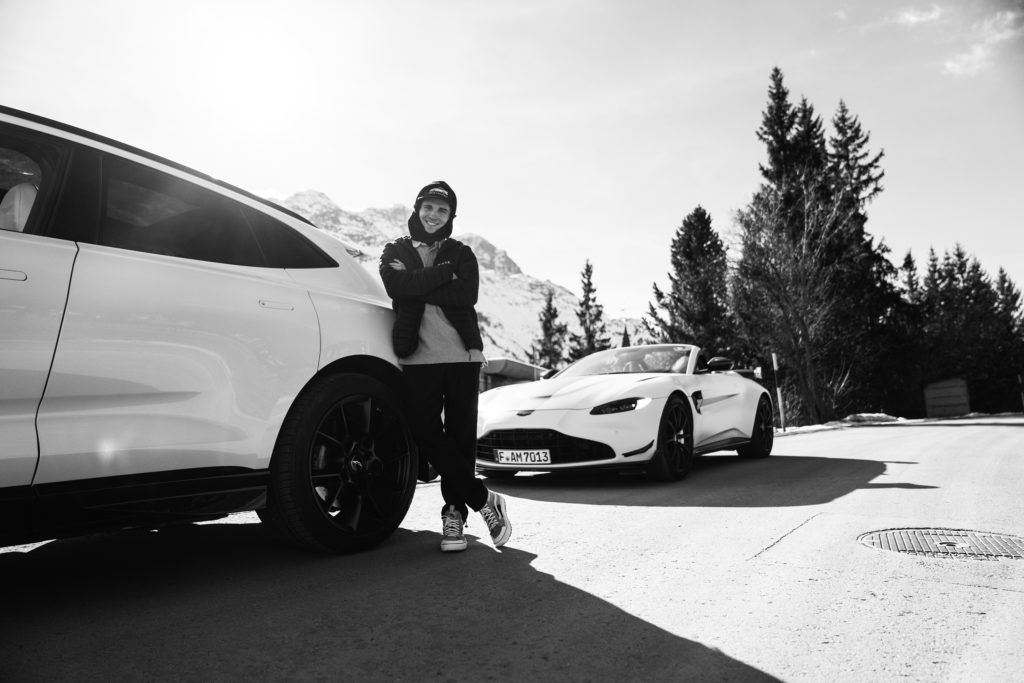

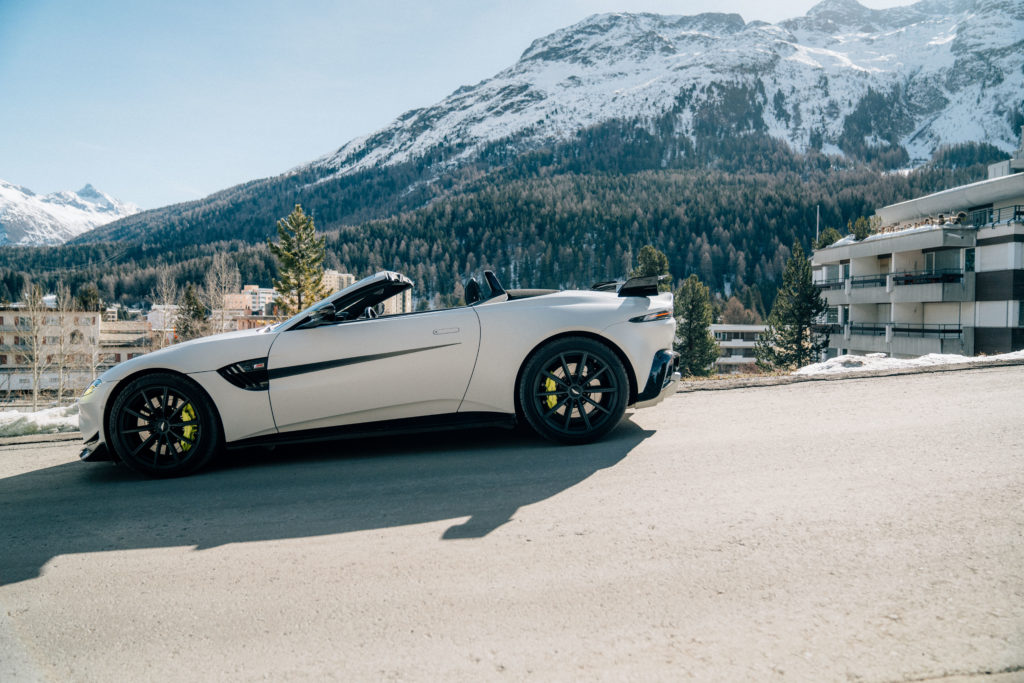

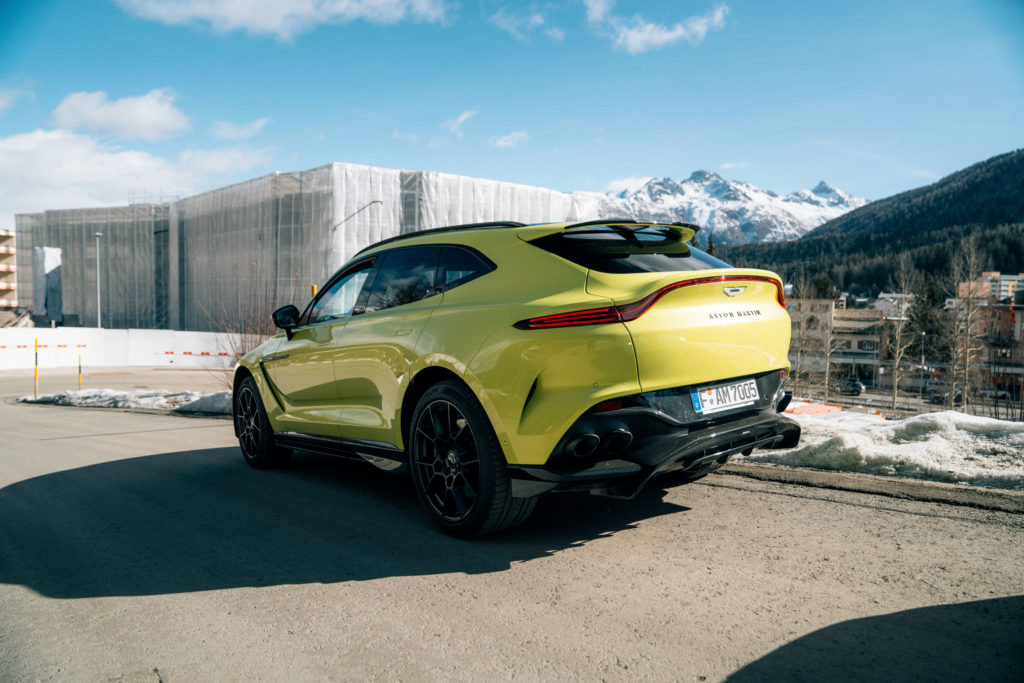

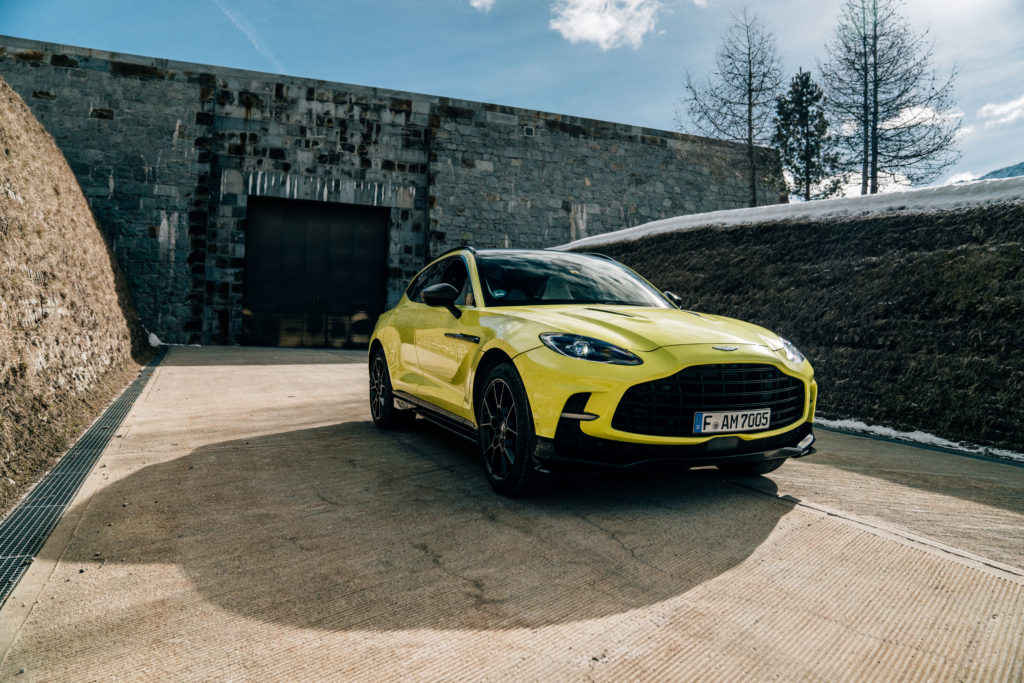

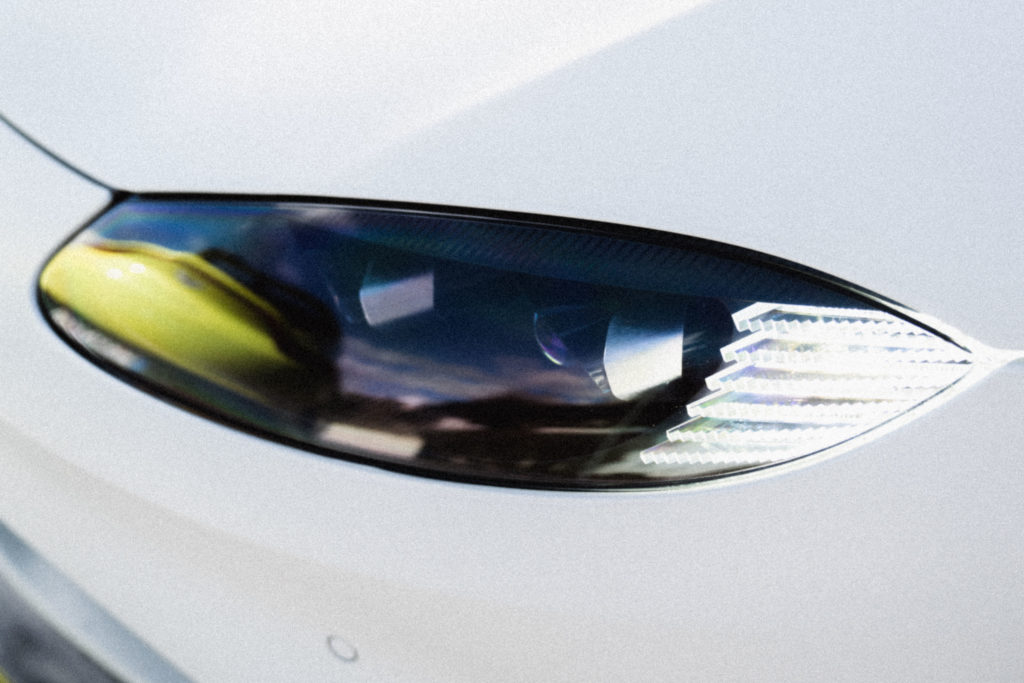

However, vacation traffic helps us and our wallets. Time to fall into the 16-way adjustable comfort seats in the DBX and set the suspension to the most comfortable level. It’s noticeable: the Briton can definitely do that, too. The exhaust system no longer seems as present, and the air suspension now dampens a bit softer, too, thanks to new valve controls on the dampers and new tuning work on the springs. Aston Martin gives 310 km/h as the top speed. The kerb weight is 2,245 kilograms, while the standard carbon-ceramic braking system still ensures excellent deceleration values.
Shortly before Silvaplana the time has come, in the rearview mirror a wall of fog, in front of us: blue sky and sunshine and of course the impressive landscape of the Engadine. In the last minutes before St. Moritz, it is noticeable that our British convoy is probably not the most inconspicuous. In the supercar-experienced area we still get many “thumbs up” and also 1-2 “carspotters” have their cameras pointed at the Brits. I wonder if this is due to the kind of garish outer skin of the DBX.
Aston-Martin DBX 707
Engine: 4.0L V8 Twin-Turbo
Power: 707 PS @6,000 rpm
Weight: 2245 Kilogramm
Acceleration: 0-100 km/h in 3.3 s
V-Max: 310 km/h
Aston-Martin Vantage F1 Roadster
Engine: 4.0L V8 Twin-Turbo
Power: 535 PS @6,000 rpm
Weight: 1645 Kilogramm
Acceleration: 0-100 km/h in 3.7 s
V-Max: 305 km/h

